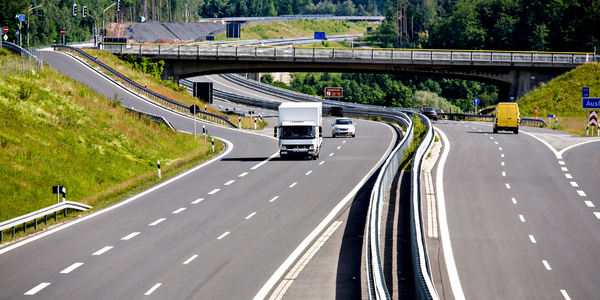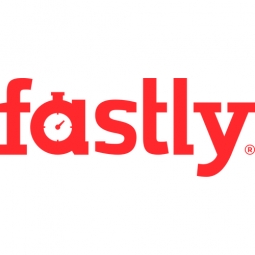Technology Category
- Platform as a Service (PaaS) - Application Development Platforms
- Sensors - Temperature Sensors
Use Cases
- Traffic Monitoring
- Transportation Simulation
About The Customer
Edgemesh is a web acceleration company that helps businesses measure and optimize customer experiences, making site delivery often 2 to 10 times faster for their customers. They do this through both a client-side optimization platform and Edgemesh Server, which enables a simple, seamless transition to a high-performance headless environment. Edgemesh supports media companies and ecommerce customers in almost every vertical, responding to 4-5 billion resource-level requests daily. Their customers depend on them for fast, reliable websites, and they focus on ecommerce acceleration, aiming to provide shoppers with instantaneous response times and high-quality immersive experiences.
The Challenge
Edgemesh, a web acceleration company, was faced with the challenge of delivering fast and reliable websites for their customers, particularly in the ecommerce sector. Their customers required instantaneous response times and high-quality immersive experiences for their shoppers. Edgemesh was responding to 4-5 billion resource-level requests daily and needed a solution that could handle this volume while improving performance. The company's primary focus was on performance, and they needed a solution that could meet this need effectively. The challenge was to find a solution that could execute code at the edge near their customers at blazingly fast speeds, enabling highly personalized and interactive user experiences without any noticeable latency.
The Solution
Edgemesh turned to Fastly's Compute@Edge solution to meet their performance needs. Compute@Edge is a serverless compute environment built on top of Fastly's advanced caching platform. It is a general computing layer that sits between single- or multi-origin clouds and companies' end users, allowing developers to run code in a safe, microsecond execution environment, at scale, on the edge. This solution enabled Edgemesh to use domain unsharding, also known as connection coalescing, to limit the number of TCP connections and dramatically accelerate response times and page loads of their customers’ sites. Compute@Edge also helped Edgemesh Server run fully automatic dynamic rendering, serving a pre-rendered, optimized static HTML version of a site to index bots, while human customers still get a highly interactive, immersive version.
Operational Impact
Quantitative Benefit

Case Study missing?
Start adding your own!
Register with your work email and create a new case study profile for your business.
Related Case Studies.

Case Study
Barcelona Case Study
Barcelona’s heavy traffic and its associated high levels of pollution were the primary factors that motivated some companies and universities to work on strategies for improving traffic in the city centre. Bitcarrier is one of the technologies involved in the In4Mo Project, whose main objective is to develop the applications that form the core of smart mobility, one of the fundamental pillars of the smart city concept.

Case Study
A Smoother Ride on the Austrian Autobahn
By connecting thousands of sensors to an extensive network, Austria's autobahn corporation, ASFINAG, has created a smart highway designed to clear traffic jams before they happen. Through the Internet of Everything, ASFINAG gets the data needed to keep roads safe and drivers happy. Challenge: • Gain data on road, traffic, and weather conditions • Communicate accurate information to drivers

Case Study
Transforming to an Engaged and Connected City
The City of Mississauga in Ontario, Canada, improved services with a private fiber network and a citywide wireless network using Cisco solutions. Key Challenges: • Provide open and accessible government • Help enable better decisions through research and analytics • Create a connected and engaged workforce • Improve services through innovation

Case Study
Smarter Traffic Enforcement: Cameras, Weather Stations, and Speed Limit Signs
The Transport Administration is responsible for Sweden’s infrastructure. They plan the transportation system, decide on building projects, provide maintenance, procure services and are responsible for traffic information. In the early 1990s, the Administration introduced speed cameras, which monitor traffic on certain roads and photograph violations. The problem was that the cameras had to be emptied manually, which led to time-consuming administration and extra travel. The requirements for the new solution were higher: In addition to being connected to the cloud, the requirements for reliability and accessibility were extremely high.
.png)
Case Study
Smart City Spotlight (Glasgow)
In an attempt to leverage data to improve city services, Glasgow is integrating multiple city services on a common platform, and gathering new data to help empower its citizens to improve the city. Objectives include reducing energy costs, increasing road safety and promoting cycling to help drive health benefits.




